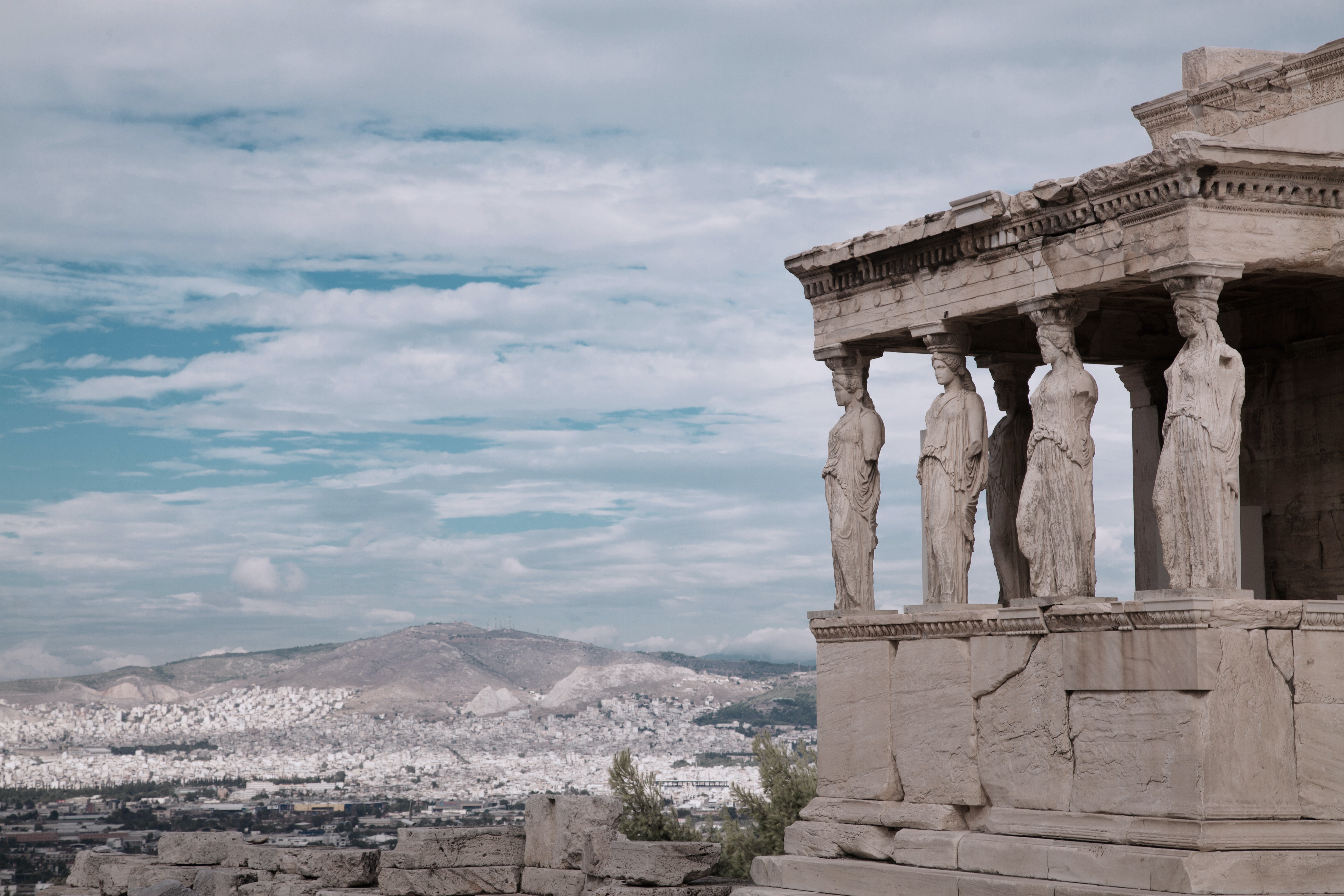First published: 21 March 2022 @ 6:00 pm
In ancient Greece and Rome, beauty standards were largely based on the principle that a healthy body was a beautiful body. This meant that people were judged based on their physical fitness, symmetry, and overall appearance.
There was also a strong emphasis on natural beauty, which meant that people tried to avoid artificial enhancements such as makeup and plastic surgery.

Women are not the only ones held up against this beauty standard.
In that time period, both women and men of the Greeks faced a much higher standard of beauty and perfection than the Greeks were actually set for.
That is because of a text by Hesiod, the 8th-7th century BC author, in which he described the first woman as the ‘beautiful-evil thing’.
Physical Fitness
In the ancient countries of Greece and Rome, being physically fit was considered to be one of the most important aspects of beauty.
There were people whose characteristics were judged by their symmetry, their muscularity, and their overall fitness.
It is also possible that people were encouraged to participate in sports, like gymnastics and wrestling.
Symmetry
In ancient Greece and Rome, symmetry was considered to be one of the most important aspects of beauty.
This meant that people were often judged based on their facial features, body proportions, and overall symmetry.
While writing a treatise, some earlier writers, like Galen, from the 2nd century, mentioned it.
He wrote that: “Beauty consists in the proportions, not of the elements, but of the parts, that is to say, of finger to finger, and of all the fingers to the palm and the wrist, and of these to the forearm, and of the forearm to the upper arm, and of all the other parts to each other.”
There are many people who try to keep their bodies symmetrical by exercising regularly and eating a healthy diet.
Click on the next page to learn more about Ancient Greece and Rome beauty standards!

